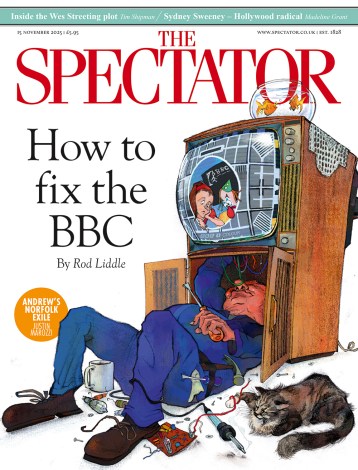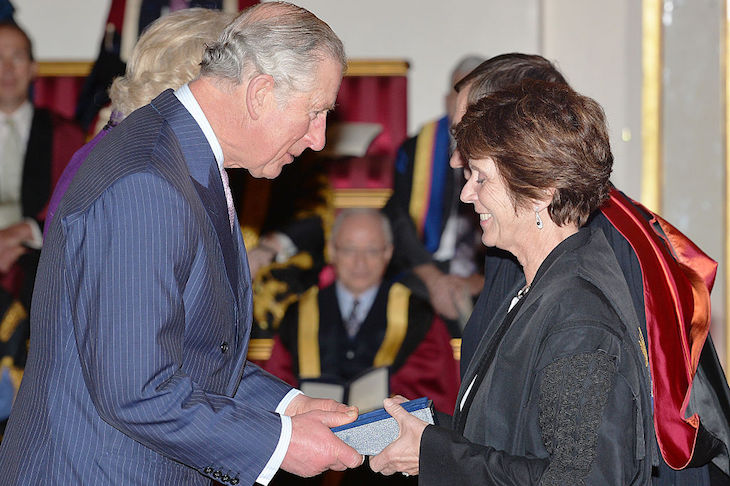Are university vice-chancellors paid too much? The government clearly thinks so, and is planning to fine universities that can’t justify paying their leaders more than the Prime Minister’s salary of £150,000 per annum.
Louise Richardson, vice-chancellor of Oxford University (salary £350,000), strongly disagrees, and has contrasted her salary negatively with those of bankers and footballers. But bankers and footballers work in the private sector and so are not the concern of government. It’s surely an established principle that government can intervene in the pay of chief executives of public bodies, but not of private ones. And any fool knows that universities are public bodies.
Or are they? Actually, Professor Richardson is on to something important. It’s a myth that we have public universities in England. It is worth reiterating (because in my experience, it’s always news to someone) that our universities are all in fact private institutions.
Richardson’s university is a civil corporation, first established under common law, then formally incorporated in 1571 under the name ‘The Chancellor Masters and Scholars of the University of Oxford’.
Most of the other old universities are corporations under Royal Charters, which spell out the corporation’s objectives and typically include all graduates as university members. New universities are often Higher Education Corporations, a legal status enshrined in the 1988 Education Reform Act specifically to ensure that the old polytechnics became independent of the local government authorities that previously ran them. Other new universities are companies limited by guarantee, a legal status also adopted by the London School of Economics.
So why do people usually think of our universities as public? Simply because they receive public funding and, as a result, are subject to a huge range of government regulations. For most of university history, however, universities received no public funding at all and so were very clearly private institutions, funded through philanthropy and fees. It was not until 1889 that some very small grants were made to universities. After the first world war, government funding increased to roughly 40 per cent of total income (the remaining 60 per cent from private sources), and the total then crept up to a peak of around 60 per cent government funding.
But something very important has happened in the past few years to our universities. Since the 2010 Browne Review of student fees, direct government funding of universities has shrunk to only a small proportion of total funding. Universities on average receive only around a quarter of funding from government sources (10 per cent for teaching and 16 per cent for research). Even this figure is misleading if we’re thinking through how universities can be positioned as independent from the state: for private organisations are also able to access government research funding, as long as they are registered as Independent Research Organisations (IROs). Just because they can receive government research funding doesn’t mean that the Institute for Fiscal Studies or the British Trust for Ornithology, two of the 60-odd IROs, are public bodies. The implication for universities is clear.
A larger proportion of university funding, of course, comes in the form of fees from students (44 per cent), often through the Student Loans Company. Shouldn’t we include this as also being government funding? Not really. Yes, there may be some subsidies which the taxpayer has to meet, but any subsidy is an arrangement between government and student.
In any case, the University of Buckingham, which many people believe is Britain’s only private university, can also receive this funding, so again this need not compromise a university’s independence. And there are also discussions afoot for the government to sell off the student loan book, so that this in effect becomes fully privatised. Again, there is no reason to think of this proportion of university income as being government funding at all.
Curiously, although since 2010 direct government funding has shrunk, there has been no concomitant decrease in government regulation of the sector — quite the opposite. And spending by universities to satisfy regulations has been forced to dramatically increase. One estimate was that £1 billion was spent by universities satisfying the government’s last round of research regulations alone.
So there is a solution for Professor Richardson and other vice-chancellors who are feeling queasy about the government’s threat to meddle with their salaries. It does require them to be a bit brave — but perhaps no more than might be expected from people with such high salaries.
They can persist with the myth that their universities are public institutions. But then they will have to accept that government is well within its rights to curb their salaries.
Or they can call time on this myth, and announce to the world that their universities are in fact private bodies, and so government has no more justification in intervening in their leaders’ salaries than it would in trimming the salaries of footballers or bankers.
I look forward to hearing from the vice- chancellor of Oxford University that she’s worth every penny of her salary and to prove it she’s going to decline public money and reclaim independence from government. That would be something to get genuinely excited about.






Comments